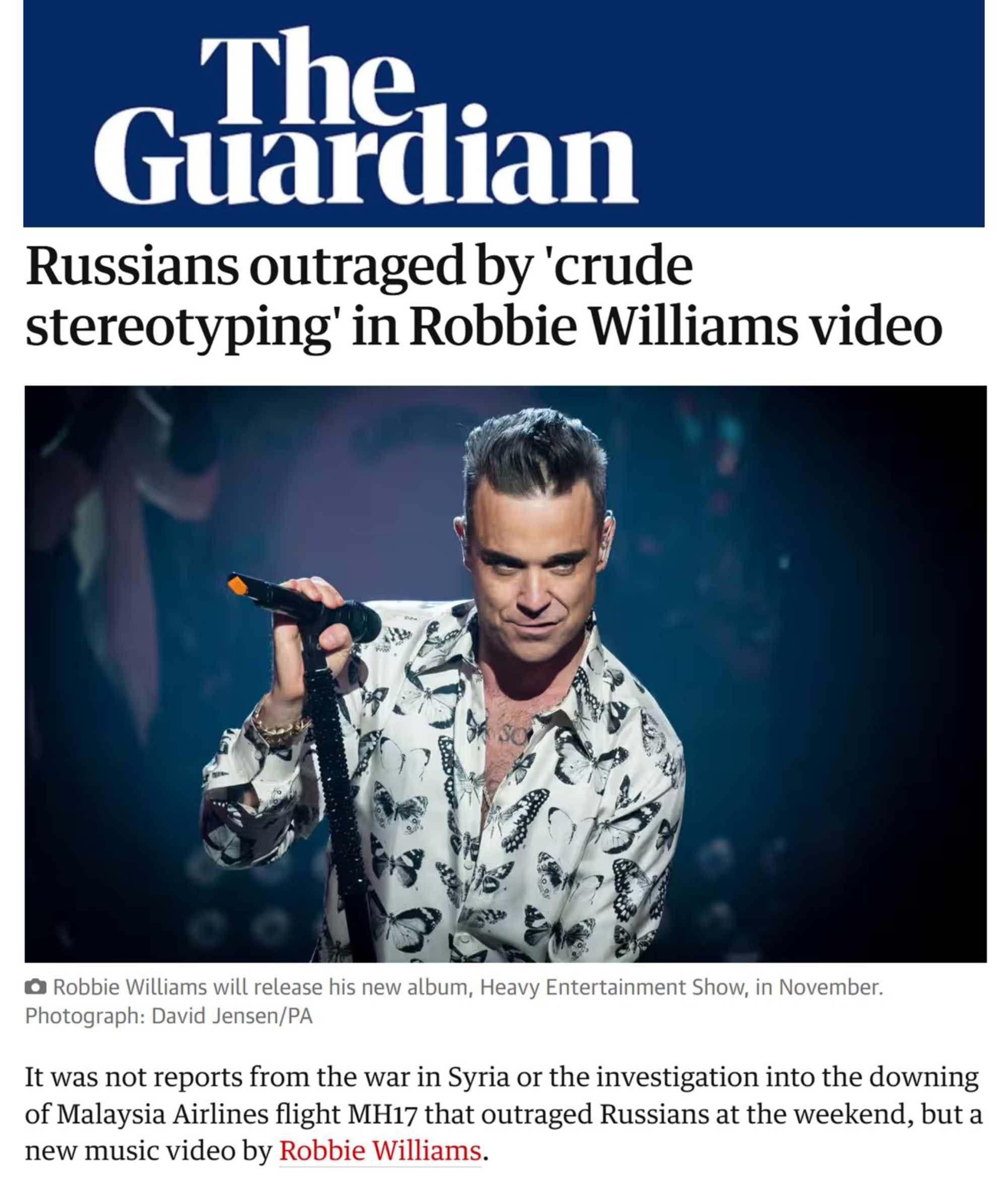
Over the last couple of years, Breaking The Brand has fielded many questions about our adverts using negative messaging and emotions. Since the launch of our campaigns we have had people in the rhino conservation space tell us what we do is ‘too hard hitting’, ‘racist’ and ‘would offend our donors’. I mentioned more about this in our Second Year Report.
Similarly, there is a belief in many circles that all messages should be positive, don’t upset people, people only learn and change when they are positively engaged. This mindset is pervasive; it is also naïve and just plain wrong. If this were true, then from a media perspective why don’t anti-smoking adverts show happy people playing with their children and saying “I have much more energy to play with my kids because I don’t smoke” or road safety adverts with drivers saying “Home again safe and sound because I don’t drink and drive”?
Do you think such adverts would reduce the smoking rate or the incidences of drinking and driving? Do you think such adverts would have worked? No, me neither. The reality is, some people are motivated into changing their behaviour for positive reasons, but many need to feel discomfort to trigger them into action to do something different. This is used in the media to great effect. I write more about this in Discomfort Triggers Behaviour Change.
As a pert of the research to create the Breaking The Brand campaigns, I interviewed several people in the anti-tobacco, road safety and work safety space. I believe that there is a wealth of empirical evidence to show that ‘negative’ campaigns will trigger behaviour change, if employed for the right audiences. In fact, one of the world’s leading researchers in the anti-smoking field stated “Negative ads do the grunt work of stopping smoking, positive ads keep our donors happy”.
So, I ask you to spent 30 minutes watching some adverts and see what you think. Make a note of the time line:
Road Safety
The Victorian Transport Accident Commission first created public service adverts to deal with the rising road toll in 1989. In that year the lives lost on Victorian roads totaled 776.
20 years on, a compilation of these adverts was used in their Christmas campaign to help keep the road toll down over the holidays. Title: Everybody Hurts.
After years of a declining road toll (in 2013, lives lost on Victorian roads had fallen to 243), towards the end of 2014 a decision was made to use less hard hitting adverts.
Over the course of 2015 the TAC published adverts including:
Role Model (Apr 2015)
What kind of driver are you raising?
There’s no one someone won’t miss (Aug 2015)
This advert challenges the interviewees belief about what an acceptable road toll is. See why.
Reality Check (Sept 2015)
Year on year the 2015 road toll had increased, up 1.6% on 2014.
On to 2016
Then and Now (March 2016)
This advert is very interesting, as it is a ‘softer’ remake of a previous advert. This enables the ability to easily compare and contrast the perceived effectiveness of the adverts with the target group.
BTB undertook a ‘quick and dirty’ test with the perceived target group (men aged 26-45 years). When we asked 16 men in the group their response to the adverts, only one believed that the new advert was more effective than the old advert.
The primary pattern that emerged was, in the new advert events like that happen on the road every day, these were to the group normal, daily driving conditions and, as a result, the new advert would not trigger them to change their driving behaviour. The old advert they found confronting and they said would make them more conscious of their fatigue on long journeys as they wouldn’t want to put the people they care about in danger.
2016 continues with Meet Graham (July 2016)
This advert has had considerable interest around the world from an education point of view. Schools students looking at the human biology of Graham.
In the year to date (at the time of publishing this blog, it is early Nov 2016), year on year the 2016 road toll has jumped 14.2%. So, the road toll has increased 15.8% in nearly 2 years. That is significant.
In the last couple of days TAC have released a new advert
Rethink Speed (Nov 2016)
This advert indicates that the TAC is returning to a more graphic format.
As we head toward the Christmas and New Year holidays and celebrations, a time when the road toll increases, some people are predicting the Victorian road toll will be up over 16% in 2016, which would mean a jump in nearly 18% in 2 years.
Workplace Safety
At the same time as the road safety adverts were softened, the work safety adverts went through the same softening process.
Work Safe, Home Safe (2014)
An article published in The Age in February 2016 outlined WorkSafe’s strategy to return to more hard hitting adverts. From the article: “Graphic safety warnings showing workers maimed and bloodied will be resurrected in Victoria this weekend as new data reveals 70 people are injured every day in the workplace. After dumping grisly images from advertisements in 2014 and taking a less-hostile approach to employers, WorkSafe has revived the powerful campaign tactic to reinforce the consequences of negligence, including criminal prosecution.”
Really Bad Day (2016)
WorkSafe’s new chief executive, Clare Amies, said it was time for a tougher attitude and a “hard-hitting” public awareness campaign aimed squarely at employers. “We make no apology for delivering this blunt message”.
Domestic Violence
A domestic violence campaign, Look at Me in the UK, by Women’s Aid (https://www.womensaid.org.uk/what-we-do/blind-eye/) created an ingenious way to get the message across that you can’t turn a blind eye to domestic abuse. Using interactive technology, the screen first show a woman who is beaten and bruised. As long as people ignore them, the images remain the same. But, once people start noticing the screen, the bruises begin to fade and the models’ faces were completely healed and she mouths the words “Thank you” to the onlookers, the people who didn’t ‘turn a blind eye’.
In recent years agencies and governments around the world have accepted that family violence cannot remain hidden. These types of adverts have resulted in it being dealt with much more openly and not considered a taboo subject.
Conclusion
It is not necessary for the conservation sector to reinvent the wheel when all this work has been done for decades by other sectors.
Even when these sectors, road safety/work safety, did test a different strategy by moving to ‘softer’ approaches from 2014, they are prepared to revert to a more ‘hard-hitting’ approach based on the empirical evidence.
What is noteworthy is that they have done this in less than 2 years. Whereas the conservation sector has persisted with the wrong type of messages over a very long timeframe.
Epilogue
Given I have asked you to look at a number of confronting adverts in the blog, I thought I would finish it on a lighter note. It is not only adverts that target some of the most confronting aspects of our society that can provide insight in to how to create consumer behaviour change campaigns to reduce the demand for wildlife products.
As I have mentioned in previous blog. Nouveau riche around the world are realising that opulent displays of wealth doesn’t necessarily bestow taste. The solution? Etiquette classes with royal protocol expert William Hanson who is teaching wealthy Chinese women everything from ‘pastry skills’ to ‘how to be the perfect host’.

This provides insight in to the level of ‘status anxiety’ and a fear of being rejected by the people you aspire to and, as a result, could be used in creating demand reduction campaigns to tackle buyers of ivory and rhino horn in China. There have been articles throughout 2015 and 2016 about this topic including:
https://www.smh.com.au/traveller/inspiration/chinese-tourists-behaviour-how-shanghais-wealthy-are-improving-their-etiquette-20150614-ghnhxs.html
https://www.bbc.com/worklife/article/20150219-the-latest-chinese-status-symbol
Certainly ‘aspirationals’ have never liked to be called vulgar, as is highlighted by the response to Robbie Williams recent release ‘Party Like a Russian’.
Maybe this hints to an addition to some of the recent video games that highlight the poaching issue. They could include characters representing the buyers of wildlife products. There characters could be called ‘Vulgar’, ‘Tacky’ and ‘Common’!
There is ample empirical evidence that discomfort can trigger behaviour change in target groups. Health anxiety is well-established as a major trigger of behaviour change – think of all the people who changed their lifetime habits after a ‘health scare’. Similarly, triggering status anxiety and prodding fragile egos can result in quick and very visible changes in certain groups. Triggering status anxiety is an effective strategy to drive change; currently it is much underutilsed in demand reduction campaigns.
These are the views of the author: Dr. Lynn Johnson, Founder, Breaking the Brand

